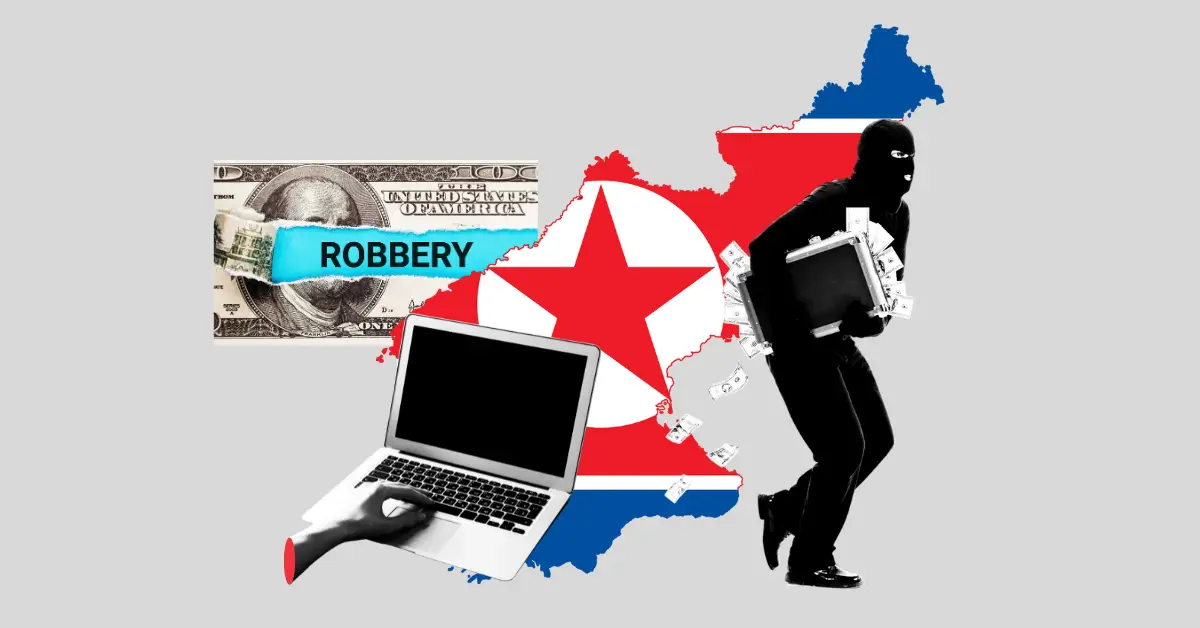
In a startling revelation, researchers have uncovered a new cyber attack campaign known as “Hidden Risk.” This campaign highlights a significant shift in tactics by state-sponsored hackers from North Korea, who have now set their sights on the cryptocurrency industry. These hackers, linked to the infamous Lazarus Group, have moved away from traditional methods of profiling targets on social media platforms. Instead, they have adopted highly sophisticated phishing emails to achieve their objectives.
North Korea’s Strategic Shift in Cyber Attacks
New insights from the cybersecurity firm SentinelLabs reveal that the “Hidden Risk” campaign employs a novel approach to disguise malware as seemingly innocuous financial reports. The hackers target specific individuals within the cryptocurrency sector, often referred to as weak links. A group associated with this campaign, BlueNoroff, has been accused of siphoning millions of dollars to support North Korea’s nuclear and weapons programs. They exploit vulnerabilities in decentralized financial platforms and the broader blockchain industry.
To counteract these threats, the FBI has issued warning messages to financial industry players. The alerts urge them to remain vigilant against phishing and other social engineering tactics employed by North Korean cyber actors, especially those targeting decentralized finance and ETF companies.
Phishing Emails and Advanced Malware Techniques
The “Hidden Risk” campaign employs a clever deception by impersonating email notifications about new articles or updates related to Bitcoin and current trends in the DeFi market. These emails, masquerading as communications from legitimate organizations, entice recipients to click on links promising PDFs, which, in reality, install malware on the victim’s macOS devices.
According to SentinelLabs, this malware cleverly circumvents the inherent security measures of macOS. It achieves this by utilizing genuine Apple Developer IDs, effectively bypassing the macOS Gatekeeper system. Once embedded, the malware operates stealthily in the background, even surviving system reboots, while establishing hidden connections to servers under North Korean control.
The sophistication of this malware enables it to bypass even the most robust security defenses, marking a concerning trend in the Korean cyber threat landscape. SentinelLabs strongly advises macOS users, especially those in the cryptocurrency sector, to bolster their security measures and approach all emails with caution.
Conclusion: Growing Concerns Over Increasing Cyber Threats
The “Hidden Risk” operation serves as a stark reminder for the cryptocurrency industry. With the Democratic People’s Republic of Korea (DPRK) actively involved, there is no sign of their efforts waning. On the contrary, they are continuously refining their skills. This campaign signals a larger issue as cyber-attacks become increasingly sophisticated. Organizations must remain proactive in strengthening their cybersecurity measures and maintain a vigilant stance against phishing and social engineering tactics.
In conclusion, the evolving threat landscape demands a proactive approach to safeguarding digital assets and sensitive information. By staying informed and adopting stringent security protocols, the crypto industry can better protect itself against the relentless tactics of state-sponsored hackers.






